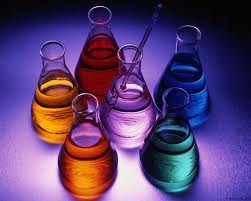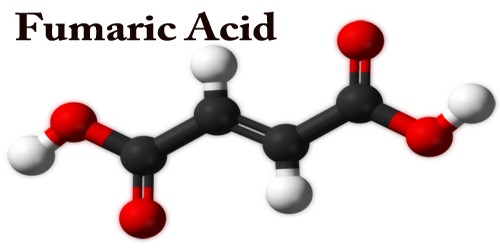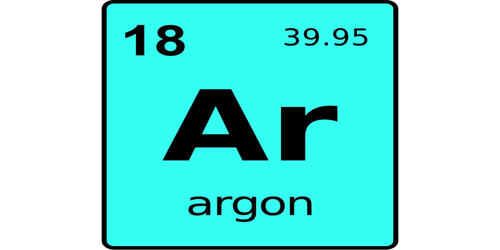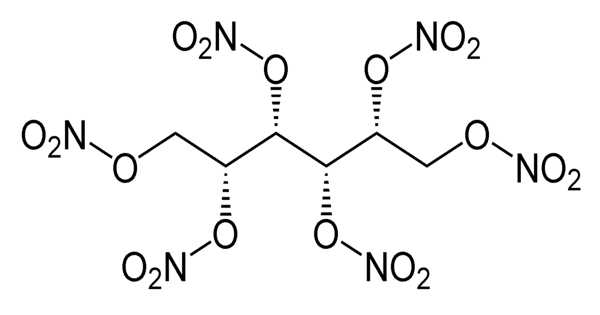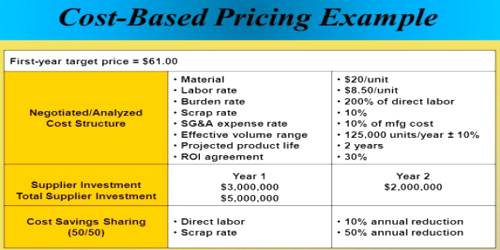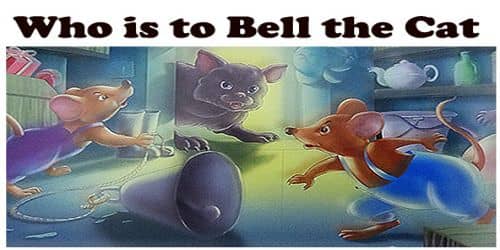According to the modern views, an element which forms positively charged ion (cation) by loss of electrons from its atom is called a metal, while the element which forms negatively charged ion (anion) by gain of electrons from its atom is called non-metal. For example,
Although, there is no sharp line of demarcation between metals and non-metals, most of the metals are hard, malleable, ductile and god conductors of heat and electricity with shining luster. A summary of characteristic features of metals and non-metals is given below.
Metals Cations Non-metals Anions
Na Na+ + e Cl + e Cl–
Ca Ca+2 + e O + 2e O-2
Al Al+3 + e S + 2e S-2
However, certain elements exhibit the properties of metal as well as non-metals. Such elements are named as metalloids. For example, boron, silicon, arsenic and antimony behave as metals in their properties but as non-metals in their chemical properties.
Occurrence of metals
Metals occur in nature in two forms depending upon their electropositive character.
1. In free or native state– A few metals particularly noble metals having least electropositive character occur in nature in free state. Examples are silver, gold, platinum etc.
2. In combined state– Most of the metals occur in nature as their compounds. These metallic compounds occur in the earth’s crust along with a number of rocky and other impurities are known as minerals.
Physical Properties of Metals
The general physical properties of metals are:
- are hard and strong.
- solids (Only mercury is liquid at room temperature).
- shiny luster (when polished).
- good conductors of heat.
- good conductors of electricity.
- dense
- malleable and ductile.
- sonorus (having loud, full or deep sound)
Chemical Properties of Metals
Many substances on the Earth’s surface will at sometime come in contact with air, water or acids. The shiny surface of most metals becomes dull in time. This is due to a slow chemical reaction between the surface of the metal and oxygen in the air. The reaction forms only one product; a surface coating of the metal oxide. The general word equation is:
Metal + oxygen → metal oxide
For example: The dull appearance of the metal lead is due to a coating of lead oxide. If the surface is scratched then the shiny lead metal can be seen underneath.
Lead + oxygen → lead oxide
Heating can speed up the reaction with oxygen. If a piece of copper is heated it quickly becomes coated in black copper oxide. The word equation is:
copper + oxygen → copper oxide
Use of Metals
The five most used metals in order of use are: iron, aluminum, copper, zinc and manganese.
Copper, gold and silver are good conductors of electricity and are ductile. Therefore copper is used for electrical cables and gold and silver are used for electrical connections.
Iron and steel are both hard and strong. Therefore they are used to construct bridges, buildings and motor cars. The disadvantage of using iron is that is tends to rust.
Aluminium is a good conductor of heat and is malleable. It is used to make saucepans and thin foil. It is also used to make aeroplane bodies as it is a low density metal.
Gold and silver are very malleable ductile and very unreactive. They are used to make intricate jewellery which does not tarnish.
Non-metal
One of a set of elements (around 20 in total) with certain physical and chemical properties opposite to those of metal elements. Common physical properties are that non-metals have low electrical conductivity, are brittle when solid, or are gases or liquids. Exceptions include graphite, a form of carbon, which is a good electrical conductor.
In structure the non-metals are very diverse. Hydrogen (H), oxygen (O), nitrogen (N), fluorine (F), chlorine (Cl), and the noble gases (rare gases), helium (He), neon (Ne), argon (Ar), krypton (Kr), xenon (Xe), and radioactive radon (Rn), are gases. Only bromine (Br) is a liquid at room temperature, and the rest are solids.
Non-metals are the chemical opposites of metals. Metals form positively charged ions or cations; non-metals form negatively charged ions or anions. The exceptions are the chemically unreactive noble gases (rare gases), although xenon does react under certain conditions. Non-metals are electronegative, which means that they are able to gain electrons when bonding with metals. Apart from the noble gases, the non-metal elements have incomplete outer electron shells, and so try to gain enough electrons to fill them. The noble gases do not react because they already have complete outer electron shells. The type of bonding where ions are formed is known as ionic bonding. Non-metals may also share electrons with other non-metal elements to complete their outer shell; this type of bonding is known as covalent bonding.
Metals Vs Non-metals
| Property | Metals | Non-metals |
| Appearance | Shiny. | Dull. |
| Melting and boiling |
pointsHigh (they are all solid at room
temperature, except mercury which is
a liquid).Lower than metals (bromine is a liquid
at room temperature, and eleven others are gases).DensityHigh (they feel “heavy”).Low (they feel “light”).StrengthStrong (they can hold heavy loads
without breaking).Not strong.MalleabilityMalleable (they can be hammered into different shapes without breaking).Brittle (they break or shatter when hammered).DuctilityDuctile (they can be drawn out to make wires).Not ductile.Heat conductivityGood.Poor.Electrical
conductivityGood.Poor (but graphite, a form of carbon, is
an exception).Nature of oxidesMetal oxides are bases. If a base
dissolves in water, it forms an alkali.Non-metal oxides will form acids if
they dissolve in water.
